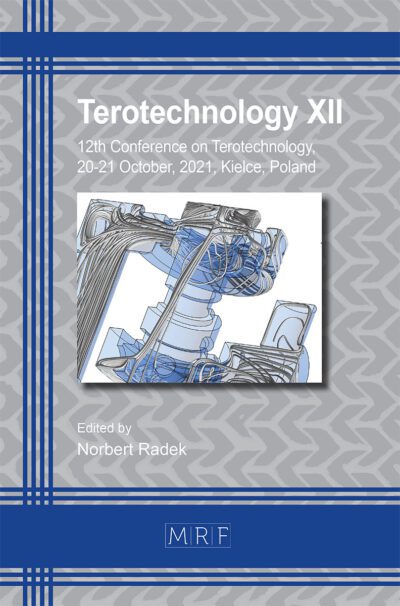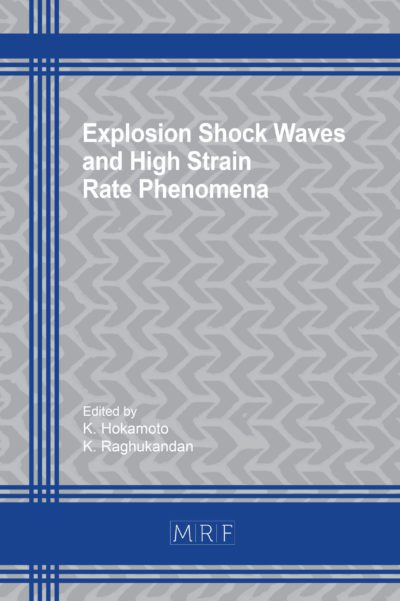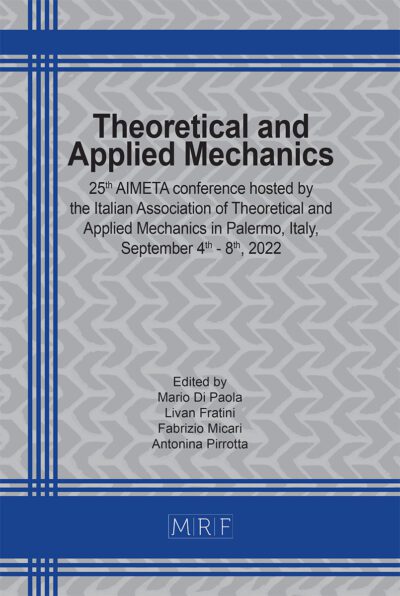Implementation of Uncoupled ductile damage model for damage assessment during edge stretching.
Mohd Firoz Alam, Fausto Tucci, Hariharan Krishnaswamy, Uday Chakkingal
Abstract. Edge cracking is a common failure when stamping dual-phase steel sheet components. The edge cracking behaviour is evaluated using a hole expansion test. The failure during hole expansion by fracture can be modeled using appropriate damage criteria. This study focuses on the analysis of a hole expansion test using an uncoupled damage model, wherein the failure is assumed to occur when the damage variable attains a critical value. A user subroutine is implemented to model the evolution of damage using a field variable. The procedure is generic and can be easily adapted to a range of materials and damage criteria. The user subroutine implemented in a commercial finite element software is validated using the test results of DP600 steel grade.
Keywords
Stretch Flangeability, Hole Expansion Test, Damage Modeling, Numerical Simulation
Published online 5/7/2025, 6 pages
Copyright © 2025 by the author(s)
Published under license by Materials Research Forum LLC., Millersville PA, USA
Citation: Mohd Firoz Alam, Fausto Tucci, Hariharan Krishnaswamy, Uday Chakkingal, Implementation of Uncoupled ductile damage model for damage assessment during edge stretching., Materials Research Proceedings, Vol. 54, pp 1868-1873, 2025
DOI: https://doi.org/10.21741/9781644903599-200
The article was published as article 200 of the book Material Forming
![]() Content from this work may be used under the terms of the Creative Commons Attribution 3.0 license. Any further distribution of this work must maintain attribution to the author(s) and the title of the work, journal citation and DOI.
Content from this work may be used under the terms of the Creative Commons Attribution 3.0 license. Any further distribution of this work must maintain attribution to the author(s) and the title of the work, journal citation and DOI.
References
[1] Chatterjee, S. and Bhadeshia, H.K.D.H., 2007. Stretch-flangeability of strong multiphase steels. Materials Science and Technology, 23(5), pp.606-609. https://doi.org/10.1179/174328407X179511
[2] International Standard Organization 2018 Metallic Materials- sheet and strip- hole expanding test (ISO 16630).
[3] Xu, L., Barlat, F., Lee, M.G., Choi, K.S. and Sun, X., 2012. Hole Expansion Of Dual Phase Steels. WIT Transactions on The Built Environment, 124, pp.75-83. 10.2495/HPSM120071
[4] Butuc, M.C., Gracio, J.J. and Da Rocha, A.B., 2003. A theoretical study on forming limit diagrams prediction. Journal of Materials Processing Technology, 142(3), pp.714-724. https://doi.org/10.1016/S0924-0136(03)00813-6
[5] Gurson, A.L., 1977. Continuum theory of ductile rupture by void nucleation and growth: Part I—Yield criteria and flow rules for porous ductile media. https://doi.org/10.1115/1.3443401
[6] Bharti, S., Gupta, A., Krishnaswamy, H., Panigrahi, S.K. and Lee, M.G., 2022. Evaluation of uncoupled ductile damage models for fracture prediction in incremental sheet metal forming. CIRP Journal of Manufacturing Science and Technology, 37, pp.499-517. https://doi.org/10.1016/j.cirpj.2022.02.023
[7] Bharti, S., Raneesh, D., Krishnaswamy, H. and Panigrahi, S.K., 2022, May. Analytical approach to damage prediction in incremental sheet metal forming. In IOP Conference Series: Materials Science and Engineering (Vol. 1238, No. 1, p. 012024). IOP Publishing. 10.1088/1757-899X/1238/1/012024
[8] Prasad, K., Gupta, A., Krishnaswamy, H., Chakkingal, U., Banerjee, D.K. and Lee, M.G., 2023. Does friction contribute to formability improvement using servo press?. Friction, 11(5), pp.820-835. https://doi.org/10.1007/s40544-022-0698-2
[9] Bao, Y. and Wierzbicki, T., 2004. On fracture locus in the equivalent strain and stress triaxiality space. International journal of mechanical sciences, 46(1), pp.81-98. https://doi.org/10.1016/j.ijmecsci.2004.02.006














